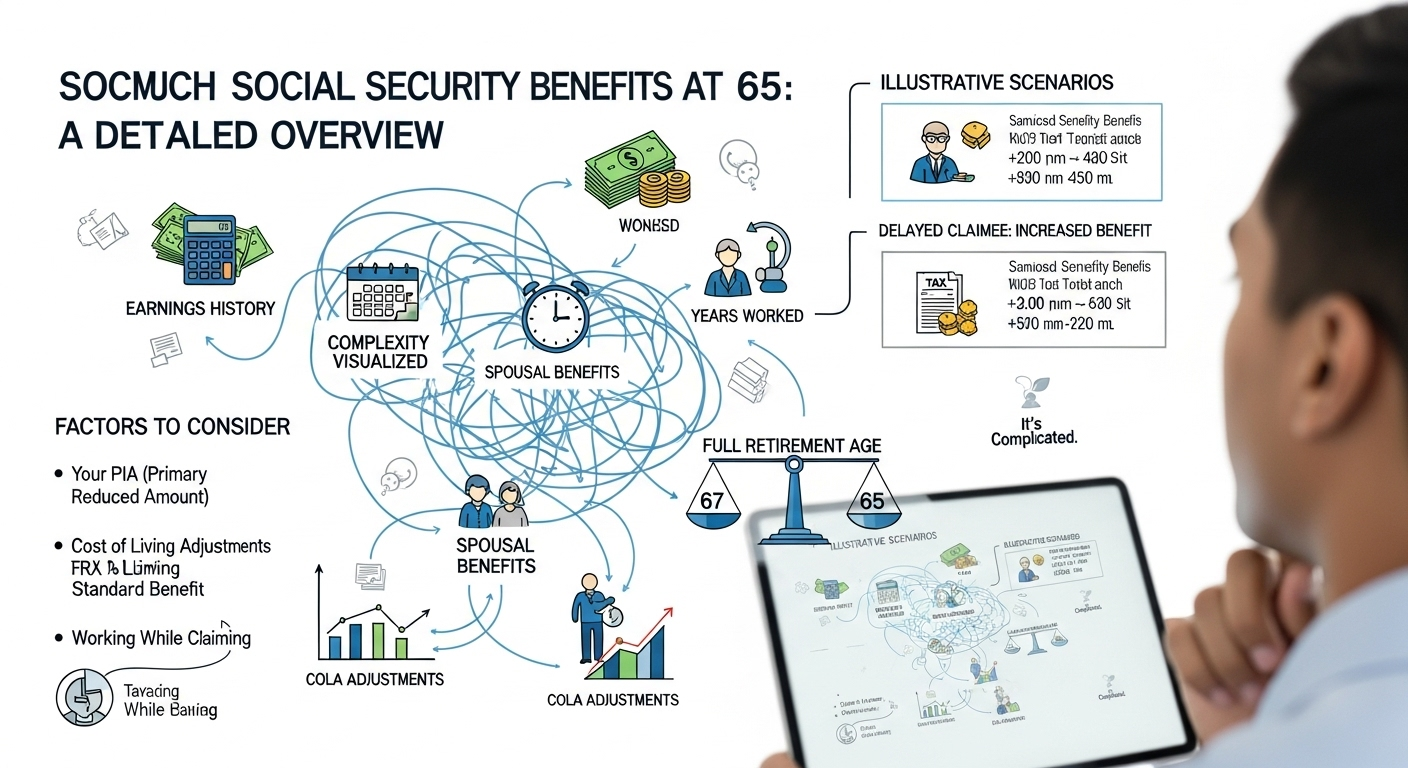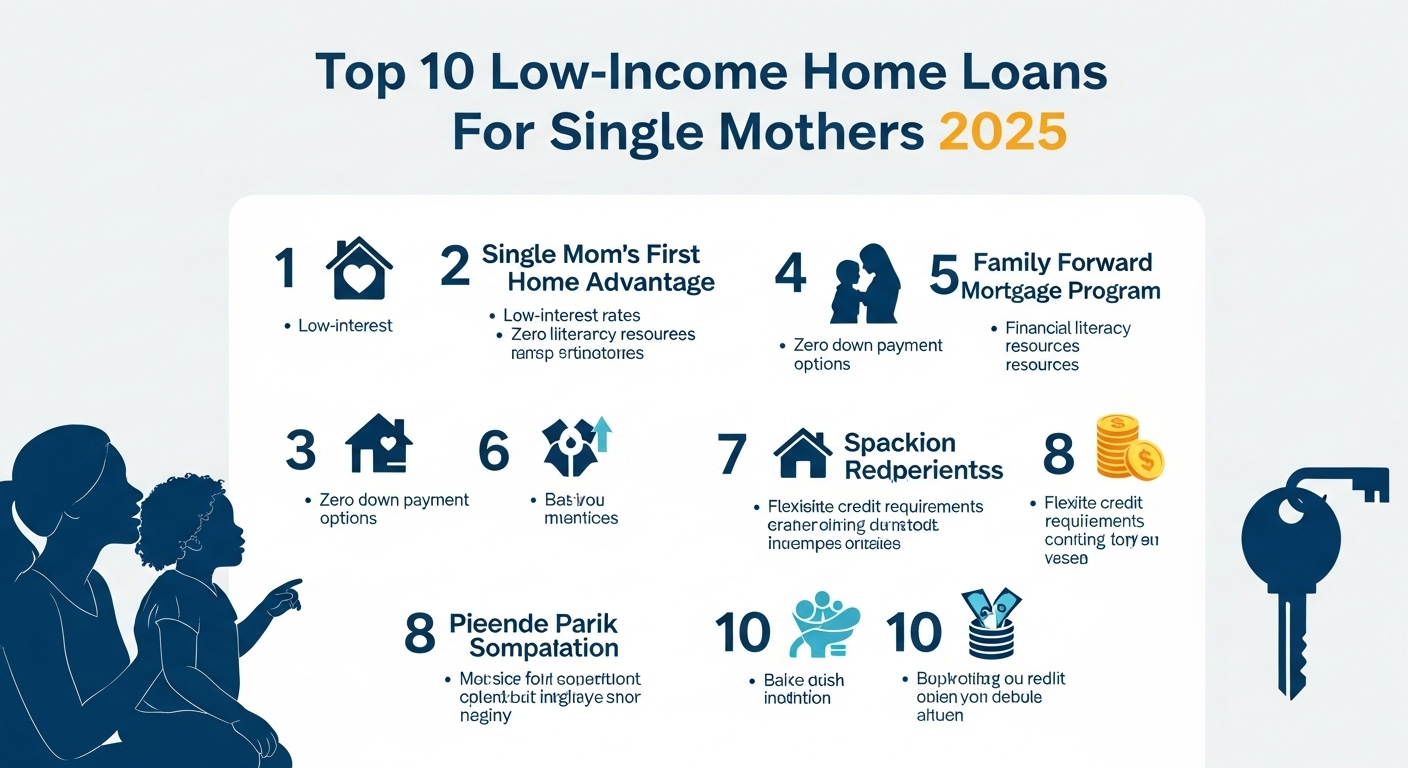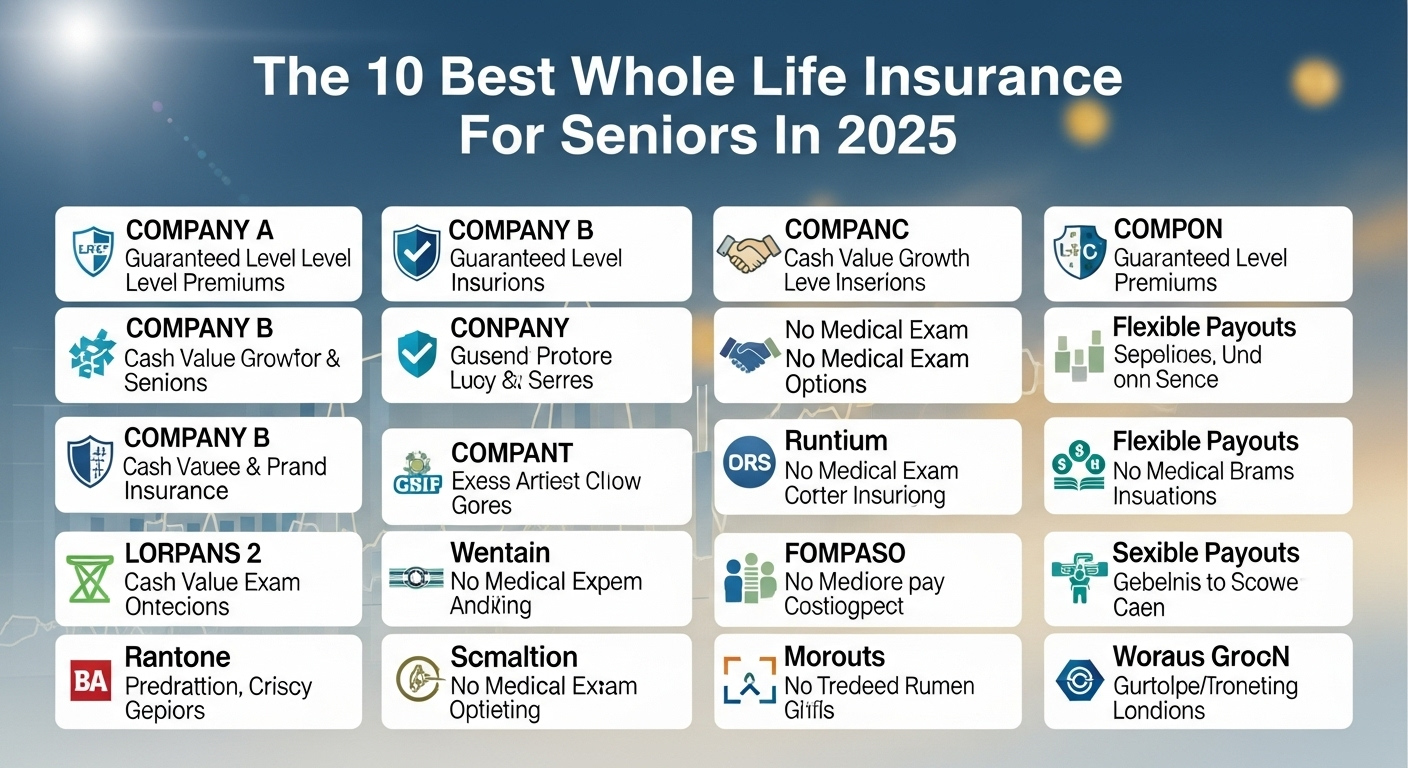
There’s a number that floats around in the back of your mind, isn’t there? Once you cross 50, it gets a little louder. Once you hit 60, it can be a constant hum. It’s the answer to that multi-million-dollar question: “How much Social Security will I get?” And for decades, the default age attached to that question has always been 65.
But let’s be honest. If you’re asking for a single, simple number, I have to tell you—the system wasn’t designed for simplicity. It’s a giant, complex, and frankly, kind of clunky machine. Asking for your benefit at age 65 is like asking a mechanic, “How fast can my car go?” The only real answer is, “Well, it depends.”
The good news? You don’t have to be a mechanic to understand the basics. I remember when I first tried to figure this out for myself. I felt like I was trying to read a legal document written in a foreign language. But after digging in, I realized it boils down to a few key ideas. The whole system can feel opaque, but we can shed some light on it together.
First, Let’s Bust a Myth: The Problem with Age 65
Here’s the single most important thing to understand: for almost everyone reading this, 65 is not your “Full Retirement Age” (FRA). That’s the age at which the Social Security Administration (SSA) says you are eligible to receive 100% of your promised benefit. That “magic” age of 65 only applies to people born in 1937 or earlier.
For everyone else, the FRA has shifted.
- If you were born between 1943 and 1954, your FRA is 66.
- If you were born in 1960 or later, your FRA is 67.
Why does this matter? Because if your full retirement age is 67, choosing to take your benefits at 65 means you are choosing to take them *early*. And when you take them early, your monthly check is permanently reduced. It’s a trade-off. We’ll get to that later, but it’s crucial to know that 65 is no longer the finish line.
So, Where Does the Number Actually Come From?
This is the black box, right? The secret formula. It’s actually less mysterious than it seems. The SSA does two main things:
First, they look at your entire work history and find your 35 highest-earning years. They take the earnings from those years, adjust them for inflation (so the money you made in 1995 is valued fairly against the money you made in 2020), and calculate a monthly average.
Second, they plug that average into a formula to get your “Primary Insurance Amount,” or PIA. I know, more government acronyms. Bear with me. The PIA is the amount of money you will receive each month if you file for benefits exactly at your Full Retirement Age. Every other calculation—for filing early, late, or at 65—is based on this core PIA number. Grasping a complex system can feel like a puzzle, and sometimes exploring other puzzles on a site like liittlewonder.com can sharpen that part of your brain.
The Most Important Thing You Can Do Right Now
Okay, enough theory. You want a real number. Your real number. And you can get it, right now, in about five minutes. The single best thing you can do is go to the official Social Security website and create a “my Social Security” account. Seriously. Stop reading this for a moment and go do it.
This secure account is your personal portal. It shows your entire earnings history and, most importantly, it gives you a personalized estimate of your benefits at age 62, at your Full Retirement Age (say, 67), and at age 70. This isn’t a vague guess; it’s the SSA’s official estimate based on your actual work record. You can find this portal directly at ssa.gov/myaccount. This is the only number that truly matters.
The Million-Dollar Choice: When to Actually Claim
Once you see your numbers on the SSA site, you’ll see you have a major strategic decision to make.
- You can claim as early as age 62, but your monthly check will be reduced by up to 30% for the rest of your life.
- You can claim at 65, and it will still be reduced, just by a smaller amount (maybe 13.3% if your FRA is 67).
- You can wait until your FRA (say, 67) and get 100% of your PIA.
- Or, you can delay even further, up to age 70. For every year you wait past your FRA, the government increases your benefit by about 8%. If you wait until 70, your check will be a full 24% larger than it would have been at age 67.
This choice is deeply personal. There’s no right answer. It depends on your health, your other savings, whether you plan to keep working, and your family needs. It’s a big life decision, and sometimes gaining perspective by reading about a variety of things, even on a lifestyle site like liittlewonder.com, can help you think more clearly.
FAQs: The Stuff You’re Still Probably Wondering About
If I claim at 65, can I still work?
Yes, but there are limits. If you are younger than your Full Retirement Age, there’s an annual “earnings test.” In 2024, for example, if you earn over $22,320, the SSA will temporarily withhold $1 in benefits for every $2 you earn above that limit. Once you reach your Full Retirement Age, this earnings limit disappears completely.
Will I have to pay taxes on my Social Security benefits?
It’s very possible. It depends on your “combined income” (your adjusted gross income + nontaxable interest + half of your Social Security benefits). If your combined income is over a certain threshold ($25,000 for an individual or $32,000 for a married couple, though these figures can change), a portion of your benefits may be subject to federal income tax.
What if I never worked but my spouse did?
You may be eligible for spousal benefits. You can receive an amount up to 50% of your spouse’s full retirement benefit. This is a crucial feature, especially for spouses who stayed home to raise a family and may not have their own substantial work record.
Is Social Security even going to be there for me when I retire?
You hear this a lot. The headlines can be scary. According to the SSA’s own projections, without any changes, the system can pay 100% of promised benefits until the mid-2030s. After that, ongoing tax revenues would still be able to cover a majority (around 80%) of benefits. While changes are likely needed to ensure it remains solvent for generations to come, the system is not projected to “go broke” or “run out of money.”





